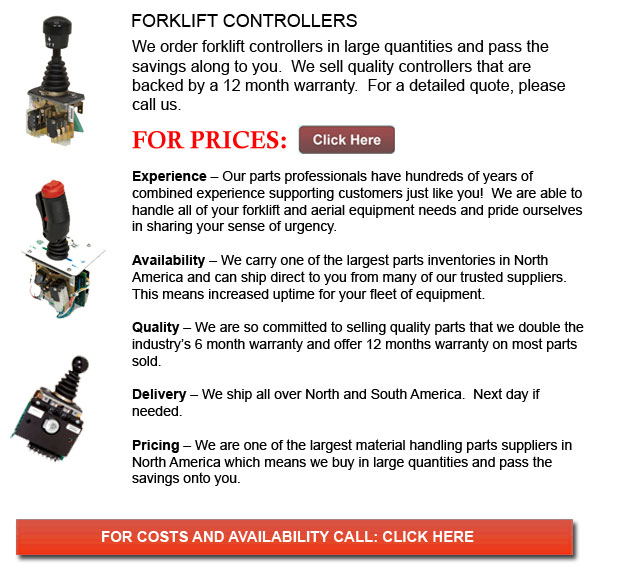
Controller for Forklift - Lift trucks are obtainable in a wide range of load capacities and various models. Nearly all lift trucks in a typical warehouse surroundings have load capacities between one to five tons. Bigger scale models are used for heavier loads, such as loading shipping containers, could have up to 50 tons lift capacity.
The operator can make use of a control in order to lower and raise the blades, which are also referred to as "forks or tines." The operator could also tilt the mast so as to compensate for a heavy load's tendency to tilt the blades downward to the ground. Tilt provides an ability to operate on uneven surface as well. There are annual contests intended for experienced lift truck operators to contend in timed challenges as well as obstacle courses at local lift truck rodeo events.
All forklifts are rated for safety. There is a particular load maximum and a specified forward center of gravity. This vital info is provided by the manufacturer and placed on the nameplate. It is essential cargo do not go over these details. It is against the law in numerous jurisdictions to interfere with or remove the nameplate without obtaining permission from the forklift manufacturer.
The majority of lift trucks have rear-wheel steering in order to increase maneuverability. This is very helpful within confined areas and tight cornering spaces. This kind of steering differs quite a little from a driver's first experience together with various vehicles. For the reason that there is no caster action while steering, it is no needed to apply steering force to be able to maintain a continuous rate of turn.
Unsteadiness is another unique characteristic of forklift use. A constantly varying centre of gravity happens with each movement of the load between the lift truck and the load and they need to be considered a unit during use. A forklift with a raised load has centrifugal and gravitational forces which may converge to result in a disastrous tipping mishap. In order to avoid this from happening, a forklift should never negotiate a turn at speed with its load raised.
Forklifts are carefully built with a cargo limit intended for the blades. This limit is lessened with undercutting of the load, which means the load does not butt against the fork "L," and also decreases with blade elevation. Generally, a loading plate to consult for loading reference is situated on the forklift. It is unsafe to use a forklift as a worker lift without first fitting it with certain safety devices like for example a "cage" or "cherry picker."
Lift truck utilize in distribution centers and warehouses
Forklifts are an essential part of distribution centers and warehouses. It is significant that the work surroundings they are placed in is designed so as to accommodate their safe and efficient movement. With Drive-In/Drive-Thru Racking, a lift truck must travel inside a storage bay which is several pallet positions deep to put down or get a pallet. Operators are often guided into the bay through rails on the floor and the pallet is placed on cantilevered arms or rails. These confined manoeuvres need skilled operators in order to complete the job efficiently and safely. For the reason that each and every pallet requires the truck to go into the storage structure, damage done here is more frequent than with different types of storage. If designing a drive-in system, considering the dimensions of the fork truck, along with overall width and mast width, have to be well thought out in order to guarantee all aspects of a safe and effective storage facility.
![]() Click to Download the pdf
Click to Download the pdf
Forklift Parts
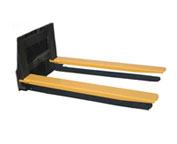

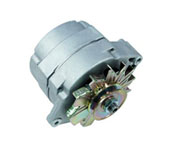
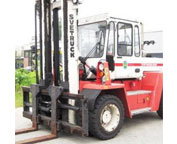
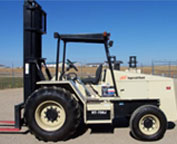
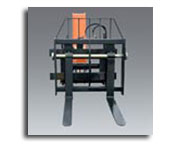

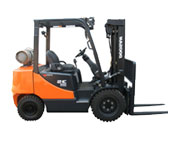
Lift Parts Express
TOLL FREE: 1-888-695-7994
Arlington, Texas
forkliftpartsarlington.com
Email Us
About Us


